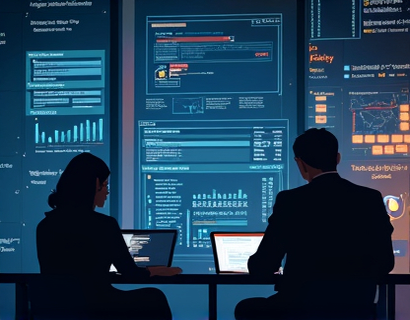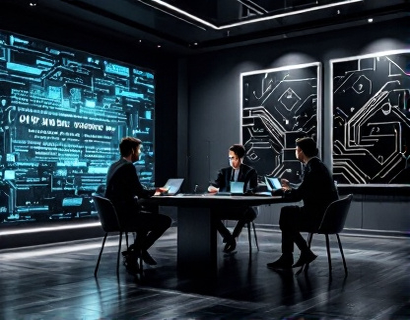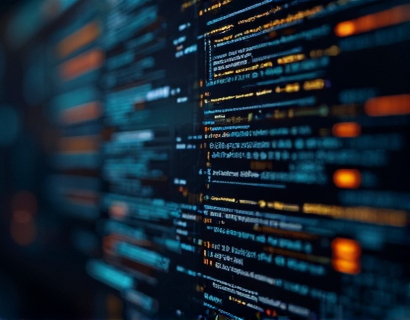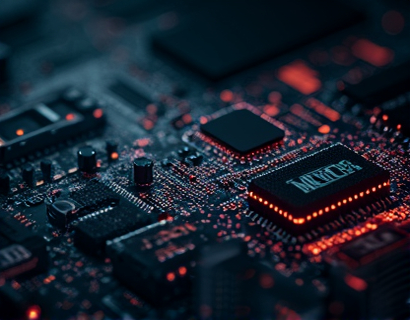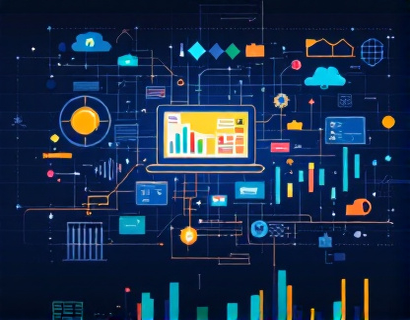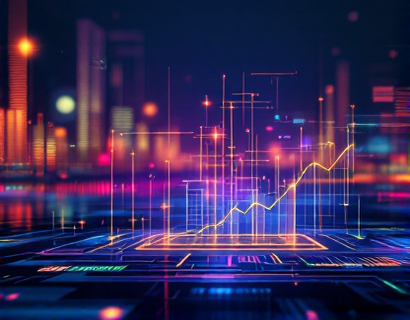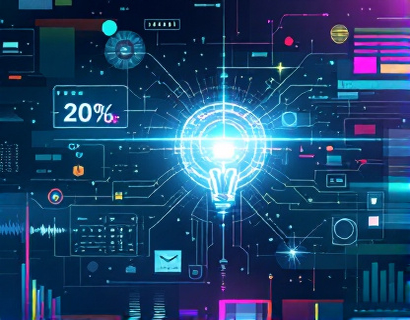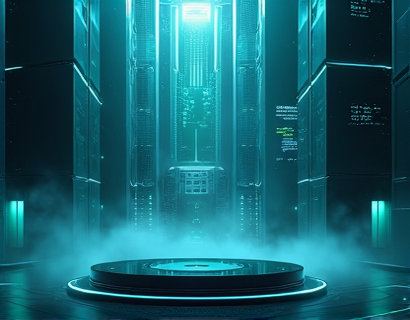Advanced Layer 2 Solutions: Transforming Blockchain Scalability and Developer Efficiency for EVM-Enabled Applications
In the rapidly evolving landscape of blockchain technology, scalability and developer efficiency have emerged as critical factors for the widespread adoption of decentralized applications (dApps). For Ethereum Virtual Machine (EVM)-enabled applications, the challenges of scalability and efficiency are particularly pronounced due to the inherent limitations of the Ethereum network. Advanced Layer 2 (L2) solutions offer a promising pathway to address these challenges, enabling faster, more secure, and cost-effective decentralized solutions. This article delves into the transformative impact of advanced L2 solutions on blockchain scalability and developer efficiency, focusing on EVM-enabled applications.
Understanding Layer 2 Solutions
Layer 2 solutions refer to technologies and protocols built on top of existing blockchain networks (Layer 1) to enhance performance and reduce costs. These solutions do not alter the underlying blockchain but instead optimize the way transactions are processed and recorded. For EVM-enabled applications, L2 solutions provide a way to offload some of the computational and storage burdens from the main chain, thereby improving overall network efficiency.
Key Benefits of Advanced L2 Solutions
Advanced L2 solutions bring several key benefits to EVM-enabled applications:
- Improved Scalability: By processing transactions off the main chain, L2 solutions can handle a significantly higher volume of transactions per second (TPS). This is crucial for dApps that require high throughput, such as decentralized finance (DeFi) platforms and gaming applications.
- Enhanced Security:
- Reduced Costs:
- Faster Transaction Times:
While L2 solutions shift some processing to off-chain environments, they maintain strong security guarantees by ensuring that all transactions are eventually settled on the main chain. This dual-layer approach minimizes the risk of fraud and ensures the integrity of the blockchain.
Transactions on Layer 2 are generally cheaper than on the main chain, as they avoid the high gas fees associated with Ethereum. This cost reduction makes it more feasible for developers to build and maintain scalable dApps.
Off-chain processing significantly reduces the time required for transactions to be confirmed. This speed is essential for user-friendly dApps where quick confirmations are expected.
Types of Advanced L2 Solutions
Several advanced L2 solutions are currently transforming the blockchain landscape for EVM-enabled applications:
State Channels
State channels allow multiple parties to conduct a series of transactions off the main chain, with the final state being settled on the blockchain. This method is particularly effective for applications with frequent, small transactions, such as gaming or micropayments. By keeping most transactions off the main chain, state channels minimize network congestion and reduce fees.
Plasma
Plasma is a scalability framework that involves creating child chains (plasmas) that are anchored to the main chain. Each plasma processes a batch of transactions and submits a single proof to the main chain, which validates the entire batch. This approach significantly increases transaction throughput while maintaining security.
Sidechains
Sidechains are independent blockchains that are linked to the main chain through two-way pegs. They can operate with different consensus mechanisms and rules, allowing for greater flexibility and scalability. Sidechains can handle specific use cases, offloading tasks from the main chain and improving overall network performance.
Optimistic Rollups
Optimistic rollups bundle multiple transactions into a single transaction on the main chain, assuming they are valid. If any transaction is found to be invalid, the rollup can be contested and resolved. This method achieves high throughput and low fees while maintaining strong security guarantees.
ZK Rollups
ZK (Zero-Knowledge) rollups use cryptographic proofs to bundle and verify transactions off-chain, submitting a compact proof to the main chain. This approach offers the highest level of scalability and efficiency, as it requires minimal data to be processed on the main chain, resulting in ultra-low fees and near-instant confirmations.
Developer Efficiency and Tooling
Advanced L2 solutions not only enhance scalability but also improve developer efficiency. Modern L2 frameworks and tools provide developers with the necessary infrastructure to build robust and scalable dApps with ease:
Simplified Development Processes
L2 frameworks abstract many of the complexities involved in building on the main chain. Developers can focus on application logic without worrying about the underlying blockchain mechanics. This abstraction reduces development time and lowers the barrier to entry for new developers.
Rich Ecosystem and Libraries
The growing ecosystem around advanced L2 solutions offers a wealth of libraries, SDKs, and pre-built components. These resources enable developers to quickly integrate L2 features into their applications, further enhancing efficiency and productivity.
Interoperability and Integration
Many L2 solutions are designed to be interoperable with other blockchain networks and protocols. This interoperability allows developers to create applications that seamlessly integrate with various decentralized ecosystems, expanding the potential user base and functionality of their dApps.
Case Studies and Real-World Applications
The success of advanced L2 solutions can be seen in various real-world applications:
DeFi Platforms
Decentralized finance platforms have adopted L2 solutions to handle high volumes of transactions with low fees. For instance, using state channels and optimistic rollups, these platforms can offer fast and cost-effective lending, borrowing, and trading services.
Gaming Applications
Gaming dApps benefit greatly from the low latency and high throughput provided by L2 solutions. State channels and sidechains enable real-time transactions and asset transfers, enhancing the user experience and reducing friction.
Social Media and Content Platforms
Social media and content platforms can leverage L2 solutions to manage large volumes of user interactions and content submissions efficiently. ZK rollups, for example, can verify and settle transactions quickly, ensuring a smooth and responsive user experience.
Future Prospects and Challenges
While advanced L2 solutions have shown significant promise, there are still challenges to overcome for widespread adoption:
Scalability Limits of L2 Solutions
Although L2 solutions significantly improve scalability, they still face limits based on the underlying Layer 1 network. Continuous improvements in both L2 and Layer 1 technologies are necessary to support the growing demand for decentralized applications.
Complexity and Adoption
The complexity of implementing L2 solutions can be a barrier for some developers. Education and community support are crucial to facilitate broader adoption and ensure that developers can effectively leverage these technologies.
Regulatory and Security Concerns
As with any blockchain technology, regulatory compliance and security remain important considerations. L2 solutions must adhere to evolving regulations and maintain robust security measures to protect user assets and data.
Conclusion
Advanced Layer 2 solutions are revolutionizing the blockchain landscape for EVM-enabled applications, offering faster, more secure, and cost-effective decentralized solutions. By addressing the scalability and efficiency challenges of the Ethereum network, L2 technologies pave the way for a more vibrant and inclusive blockchain ecosystem. As these solutions continue to evolve, they will play a pivotal role in driving the future of blockchain innovation.








